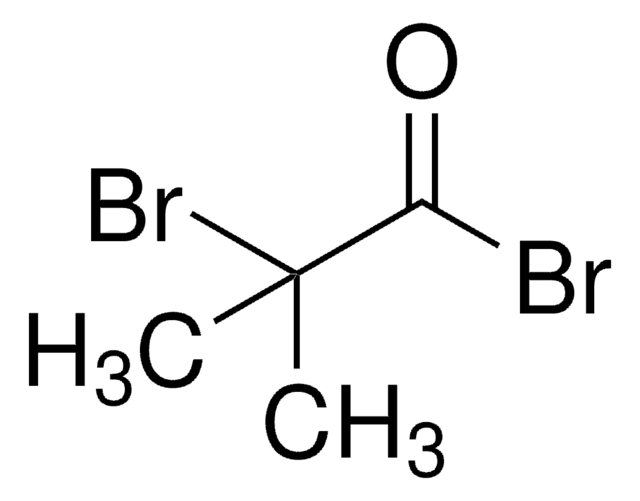446130
3-[Tris(trimethylsiloxy)silyl]propyl methacrylate
contains MEHQ + HQ as stabilizer, 98%
Synonym(s):
Tris, (3-Methacryloyloxypropyl)tris(trimethylsiloxy)silane
About This Item
Recommended Products
vapor pressure
<1 mmHg ( 20 °C)
Quality Level
assay
98%
form
liquid
contains
MEHQ + HQ as stabilizer
refractive index
n20/D 1.419 (lit.)
bp
112-115 °C/0.2 mmHg (lit.)
density
0.918 g/mL at 25 °C (lit.)
SMILES string
CC(=C)C(=O)OCCC[Si](O[Si](C)(C)C)(O[Si](C)(C)C)O[Si](C)(C)C
InChI
1S/C16H38O5Si4/c1-15(2)16(17)18-13-12-14-25(19-22(3,4)5,20-23(6,7)8)21-24(9,10)11/h1,12-14H2,2-11H3
InChI key
BESKSSIEODQWBP-UHFFFAOYSA-N
Looking for similar products? Visit Product Comparison Guide
General description
Application
- As a silicone containing monomer to synthesize hydrogels for Opthalmic medical devices such as contact lenses with enhanced mechanical properties. Addition of TMSPM increases the oxygen permeability of the contact lens without affecting light transmission.
- As a precursor to fabricate dissolved oxygen sensor by embedding a highly stable and highly hydrophobic fluorinated matrix via free radical polymerization.
- To fabricate bio-based polymers for anti-stain and oil resistant textile coatings. The addition of TMSPM significantly enhances the oil repellence property of the coating.
signalword
Warning
hcodes
Hazard Classifications
Eye Irrit. 2 - Skin Irrit. 2 - STOT SE 3
target_organs
Respiratory system
Storage Class
10 - Combustible liquids
wgk_germany
WGK 3
flash_point_f
393.8 °F - closed cup
flash_point_c
201 °C - closed cup
ppe
Eyeshields, Gloves, type ABEK (EN14387) respirator filter
Choose from one of the most recent versions:
Already Own This Product?
Find documentation for the products that you have recently purchased in the Document Library.
Our team of scientists has experience in all areas of research including Life Science, Material Science, Chemical Synthesis, Chromatography, Analytical and many others.
Contact Technical Service








